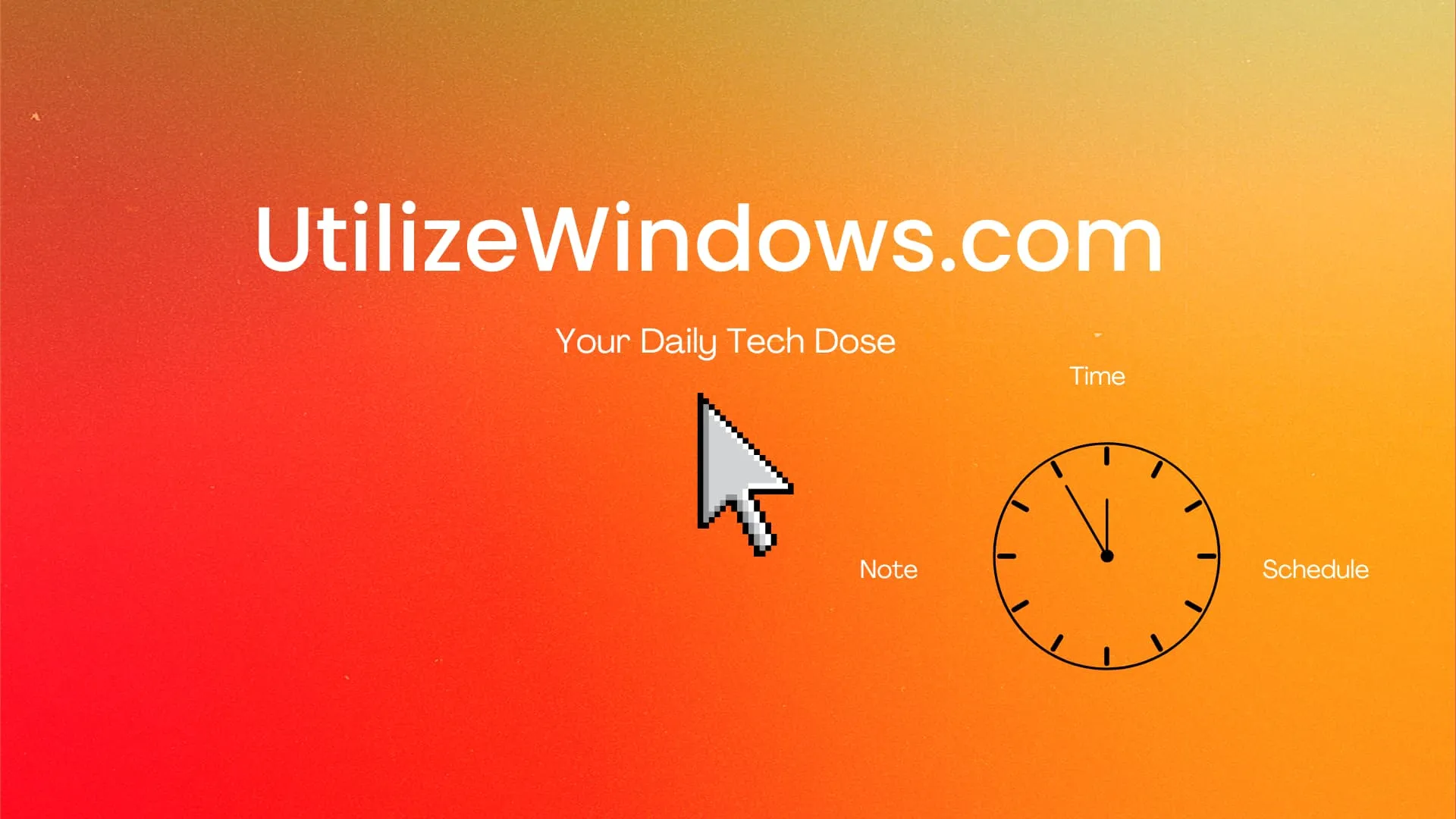Before you start
Objectives: learn how to create and manage virtual disk using Diskpart command line tool.
Prerequisites: you have to know what a virtual hard disk is.
Key terms: disk, command, create, virtual, diskpart, file, vhd, install, partition, vdisk, drive, select
Run CMD
When running CMD in this case, we have to be sure that we run it with administrative privileges. To do that, right-click on CMD, and select ‘Run as administrator’ option. This will give us elevated command prompt, so we will click on Yes when we get User Account Control prompt.
Run CMD as Administrator
From the CMD we will run diskpart. To do that, simply enter “diskpart” and hit Enter.
Enter Diskpart Tool
Once in Diskpart we will run the following command: “create vdisk file=c:\install1.vhd maximum=15000“. This command will create a virtual hard disk file on our C: drive, with the file name “install1.vhd”, and maximum disk size of 15000 MB. We could also add the “type=fixed” or “type=expandable” parameter, but the default is “fixed” so we didn’t write it.
Create Vdisk Command
Once the VHD creation is complete we will have a install1.vhd file on our C: drive, with 15 GB in size.
C Drive
Now we can attach our virtual disk to the system. To do that first we have to select the disk that we want to attach. To do that we will enter the following command: “select vdisk file=c:\install1.vhd“. This command will select the install1.vhd virtual hard disk so that we can work with it.
Select Command
Now that the virtual disk is selected we can run the attach command. The command is: “attach vdisk“.
Attach Command
Let’s check the details of our selected virtual disk. To do that we will enter the command: “detail vdisk“.
Detail Vdisk
At this point our disk is not initialized. We can’t create any partitions or volumes on this disk if we don’t initialize it. To initialize the disk we will enter the command: “convert mbr“. This will convert our disk to basic disk format with the master boot record partition style.
Convert Command
Now we can create a partition on the disk. To do that we will use the command: “create partition primary“. We won’t specify the size, so the whole unallocated space will be used to create the partition.
Create Partition
Now we can format our partition. To do that we will use the command: “format fs=ntfs label=”install” quick“. This command will format our partition using NTFS file system, label it as “install”, and it will use quick formatting.
Format Partition
Now we can assign a drive letter to it: “assign letter=e”
Drive Letter
That’s it. We can now use our virtual disk and save files to it. Let’s try to make a new directory in it. To do that we will leave diskpart, and enter few commands.
Working With E Drive
We can now browse to it using Windows Explorer.
Computer
E Drive
We can also detach virtual disk from our system. To do that we have to go back to diskpart and determine which virtual disk we want to detach. In our case we want to detach install.vhd disk. First we have to select that file: “select vdisk file=”c:\install1.vhd”
Select Command
At this point we can detach the disk using the command: “detach vdisk”
Detach Vdisk
All this can be done using Disk Management tool in Windows 7. We have a separate article in which we show how to create virtual disk using Disk Management.
Remember
To create VHD we can use diskpart. First we have to create VHD file. Then we have to attach it. Before we can create partitions or volumes on it, we have to initialize it. When the disk is initialized, we have to create partition (partitions) or volume (volumes), before we can use it in Windows Explorer. We have to format it using some file system and assign a drive letter to it.
